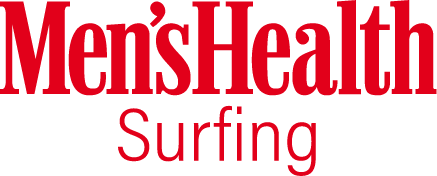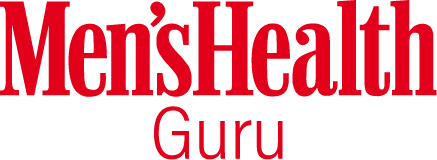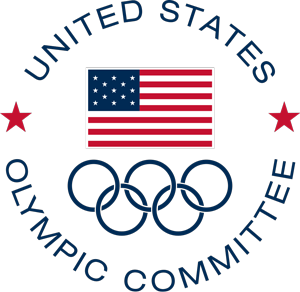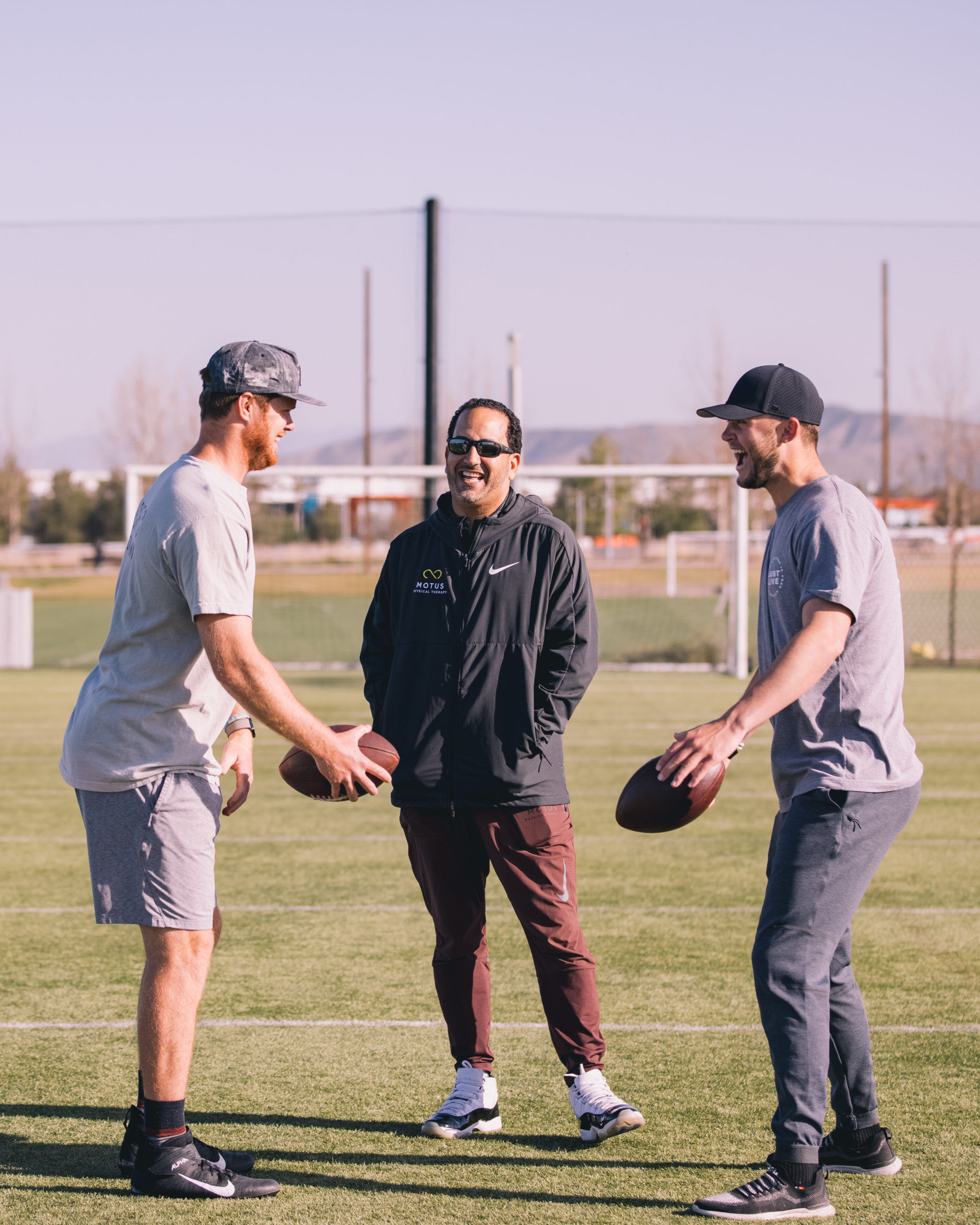Are you looking to build bigger and stronger biceps? If so, it’s important that you know the best way to train them. Some people believe that bicep curls are the only way to go, while others think hammer curls are better. So which one is the best way to build biceps? Let’s take a look.
Bicep curls are a weightlifting move that works your biceps muscles. Hammer curls are a variation of the bicep curl that also works your forearms. Both moves are important for building upper body strength.
In a bicep curl, you hold a weight in each hand and slowly lift it toward your shoulder, keeping your elbow close to your body. To do a hammer curl, start in the same position, but keep your palms facing your thighs throughout the move. As you lift the weights toward your shoulders, rotate your wrists so that your palms end up facing forward when you reach the top of the curl.
Both bicep curls and hammer curls can be done with dumbbells, barbells, or resistance bands. The key is to use a weight that challenges your muscles without causing pain or strain. Start with three sets of eight to 12 repetitions, and gradually increase the weight or number of reps as you get stronger.
Including bicep curls and hammer curls in your workout routine can help you build strong, toned arms. As you get stronger, you may also want to try more challenging variations of these moves, such as using one arm at a time or adding an explosive component by quickly lifting and lowering the weights.
In addition to working the biceps, curls also work the brachialis and brachioradialis, which are muscles located in the forearm. This can lead to greater forearm strength and improved grip. Additionally, curls help stabilize the elbow joint, which can protect you from injuries.
Curls can be done with a variety of weights and equipment. If you’re new to lifting, start with lighter weights and work your way up. As you get stronger, you can move on to using heavier weights or resistance bands. You can also do curls with dumbbells, barbells, or cables.
When doing bicep curls, be sure to maintain good form. Keep your back straight and your core engaged. As you curl the weight up, focus on contracting your biceps. Slowly lower the weight back down to the starting position and repeat.
Hammer curls are similar to regular bicep curls, but instead of holding the weight with your palms facing up, you keep your palms parallel to each other. This works the muscles in your forearm differently and can lead to improved grip strength.
There are a few key things to keep in mind when performing a bicep curl:
- Keep your back straight and avoid arching it during the exercise.
- Use a weight that is comfortable for you to lift. Don’t try to lift too much weight and risk injury.
- Bend your elbows slowly and control them during the curl. Avoid swinging your arms or jerking the weights.
- Curl the weights up until your biceps are fully contracted, then lower them slowly back down to the starting position.
- Repeat for the desired number of repetitions.
The hammer curl is a great exercise for developing the biceps and forearms. Here’s how to do it properly:
- Start by standing with your feet shoulder-width apart and your knees slightly bent.
- Hold a dumbbell in each hand with your palms facing your thighs.
- Keeping your upper arms close to your sides, curl the weights as you breathe out.
- Squeeze your biceps at the top of the curl and then slowly lower the weights back to the starting position as you breathe in.
- Repeat for the desired number of repetitions.
As you can see, the hammer curl is a fairly simple exercise to perform. However, there are a few things to keep in mind in order to get the most out of it.
First, be sure to keep your upper arms stationary throughout the exercise and focus on contracting your biceps.
Second, don’t swing the weights or use momentum to lift them – each rep should be performed with strict form.
There are a few things to consider when trying to answer this question. First, what is your goal? If you’re looking to build bigger biceps, then you’ll want to focus on exercises that target the biceps specifically.
Hammer curls and bicep curls are both effective exercises for building biceps, but they work the muscle in slightly different ways.
If your goal is to build bigger biceps, then you might want to focus on bicep curls a bit more than hammer curls. Bicep curls are a bit more effective at isolating the biceps muscle, which can help you build it up faster.
However, hammer curls are still a good exercise for building biceps. They just might not be quite as effective as bicep curls.
So, which is better? It really depends on your goals. If you’re looking to build bigger biceps, then you should focus on bicep curls a bit more than hammer curls.
However, if you’re just looking to tone your arms and don’t really care about building bigger biceps, then either exercise will work just fine.
Following are some tips that can help you build bigger and stronger biceps:
1. Use heavier weights:
To build bigger biceps, you need to challenge them with heavy weights.
You should be lifting weights that are 80-85% of your one-rep max (1RM).
2. Incorporate supersets:
Supersets are a great way to fatigue your muscles and force them to grow.
A superset is when you perform two exercises back-to-back without rest in between.
3. Perform eccentric reps:
Eccentric reps are when you lower the weight slower than you lift it.
This type of rep puts more stress on the muscle, which can lead to greater gains.
4. Try different exercises:
It’s important to mix up your routine and try different exercises.
This will help to prevent boredom and plateaus.
5. Stay consistent:
The most important thing is to stay consistent with your workouts.
Hammer curls are a type of weightlifting exercise that target the biceps and brachialis muscles.
The biceps are located on the front of the upper arm, while the brachialis is located on the side of the upper arm. Both muscles work together to flex the elbow joint.
To perform hammer curls, start by standing tall with your feet shoulder-width apart and your arms at your sides. Then, hold a dumbbell in each hand with your palms facing your thighs.
From here, slowly curl the weights up to shoulder level while keeping your elbows close to your sides. Be sure to keep your palms facing your thighs throughout the entire movement. Reverse the motion and lower the weights back down to your sides to complete one rep.
Hammer curls are a great exercise for targeting the biceps and brachialis muscles. They can help to increase upper arm strength and size, as well as improve elbow joint stability.
One potential downside to hammer curls is that they can place stress on the elbow joints if performed with too much weight or using improper form. To avoid this, be sure to use a light weight and focus on using good form throughout the entire movement.
If you experience any pain in your elbows, discontinue the exercise and consult with a doctor or physical therapist.
Most people can safely perform hammer curl variations, as long as they use light weights and good form. However, those with elbow pain or other injuries should avoid this exercise.
If you have any concerns, please consult with a doctor or physical therapist before beginning any new workout routine.
A dumbbell bicep curl is performed by holding a weight in each hand and lifting the weights towards your shoulders.
The palms of your hands should be facing forward and your elbows should be close to your sides. To make the dumbbell curls more challenging, you can lift one weight at a time or use a heavier weight.
Bicep curl variations can help to build strength in your upper arms and can improve your overall arm definition. Additionally, this exercise can help to prevent injuries by strengthening the muscles and tendons around your elbow joint.
There is no definitive answer to this question as both dumbbell curls and barbell curls have their own benefits. However, many people find that dumbbells are easier to control and a dumbbell curl allows for a greater range of motion.
Additionally, using different weights in each hand can help to correct any imbalances in your arms. So, dumbbell bicep curls debate is subjective. Standing barbell bicep curls and drag curls are a great way to strengthen your biceps brachii.
It is generally recommended that you wait at least 48 hours between weight-training sessions to allow your muscles time to recover. Therefore, if you are planning on doing bicep curls every day, it is best to alternate between days when you use lighter weights and days when you use heavier weights. This will give your muscles the chance they need to grow stronger without becoming overworked.
In addition to bicep curls, there are a number of other exercises that can help you build strong biceps. These include tricep kickbacks, overhead presses, and pull-ups.
By including a variety of different exercises in your workout routine, you can ensure that all the muscles in your arms are getting the attention they need.
No, you don’t need to do both bicep curls and hammer curls. You can just do either one and get great results. Hammer curls are a little more challenging and may help you build bigger muscles, but bicep curls are a great way to tone your arms. Choose the exercise that you enjoy the most and stick with it! You’ll see results in no time.
No, hammer curls are not easier than bicep curls. In fact, they’re actually quite a bit more difficult. Hammer curls work both the biceps and the triceps, while bicep curls only work the biceps.
This makes hammer curls a much more challenging exercise. However, the extra effort is worth it, because hammer curls are an excellent way to build both upper arm strength and muscle definition.
Yes, they certainly do! Hammer curls are a great exercise for working the biceps, as they target the bicep muscle group specifically. This move is also great for building strength and definition in the arms. So if you’re looking to work your biceps, hammer curls are a great choice.
The main difference between a bicep curl and a hammer curl is the grip. For a bicep curl, you hold the weight with your palms facing up (supinated grip), while for a hammer curl, you hold the weight with your palms facing each other (neutral grip). This slight change in grip is the reason hammer curls target different areas of the bicep muscle.






















